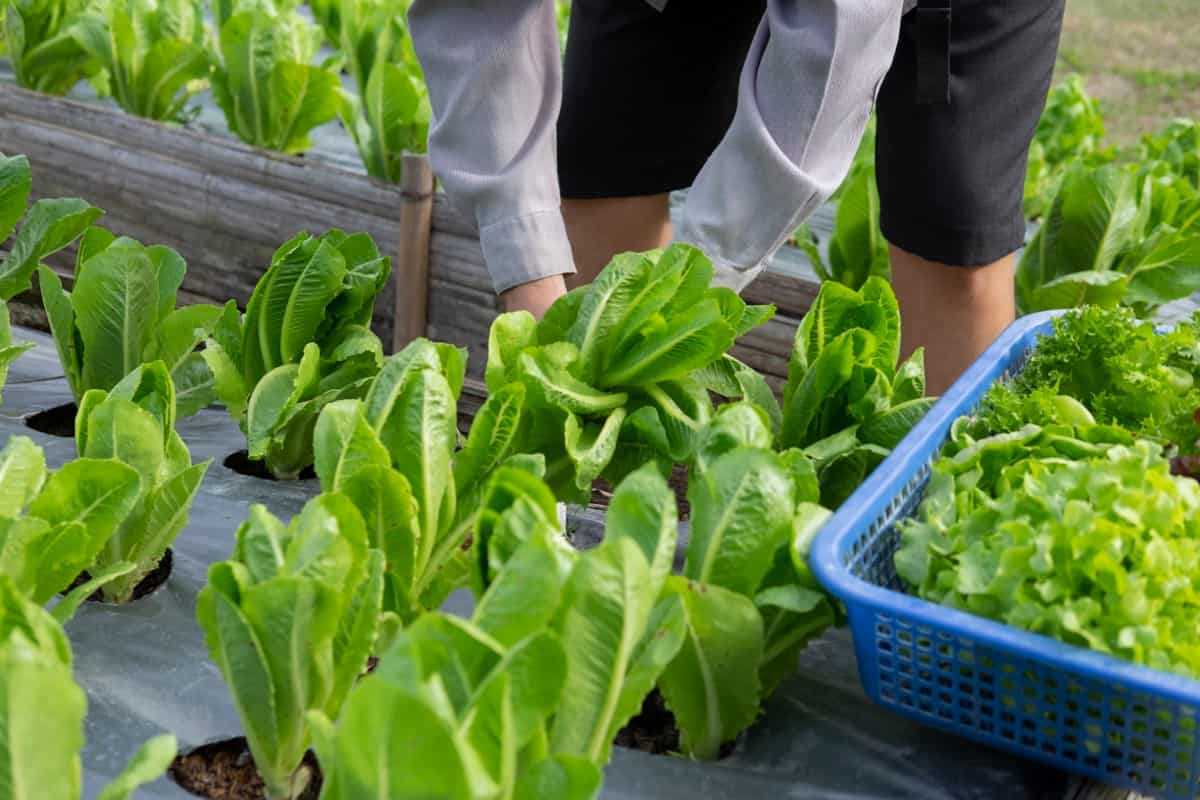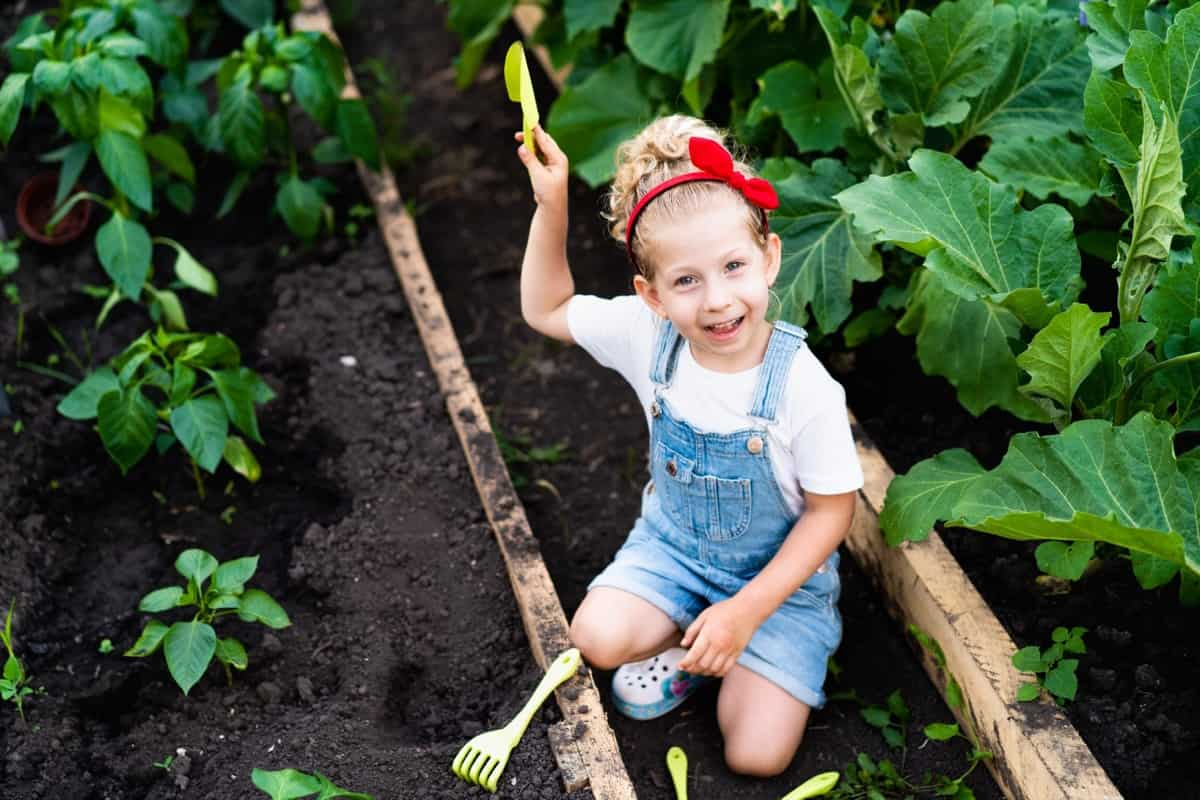When should I start my garden in North Dakota? If you’ve been pondering this question, you’re not alone. North Dakota’s variable climate often leaves gardeners confused about when to plant North Dakota-specific crops. The timing varies from when to start seeds indoors in North Dakota to when to plant tomatoes in North Dakota.

Understanding your North Dakota planting dates can make all the difference in a successful North Dakota vegetable garden. In this article, we’ll dive into the factors affecting planting, including what crops I can grow in North Dakota and when to plant trees in North Dakota. Let’s start by understanding what zone North Dakota is in to help you tailor your gardening in North Dakota.
When to Plant Vegetables in North Dakota
Understanding North Dakota’s Climate Zones
North Dakota falls mainly within USDA hardiness zones 3 to 5. Knowing your specific zone is crucial for determining your North Dakota planting dates. While eastern North Dakota is typically warmer and more humid, the western part is drier and can be cooler. This variation in zones dictates when you should plant various vegetables and even when to plant trees in North Dakota.
Factors Affecting Vegetable Planting Dates in North Dakota
Soil temperature, last frost date, and length of growing season are key factors to consider. Local climate conditions such as wind and rainfall can also affect when I should start my garden in North Dakota. For example, the eastern region generally has a longer growing season than the western region. Knowing when to start seeds indoors in North Dakota is vital. In some cases, using coverings or starting seeds indoors can help extend the growing season.
Planting Vegetables in Eastern North Dakota
In eastern North Dakota, the best time to plant most vegetables is often from late April to early May. The soil warms up quickly due to the region’s warmer climate. For plants like tomatoes, it’s often asked when I should plant tomatoes in North Dakota. In eastern North Dakota, late May is usually the best time for planting tomatoes. This allows for a longer growing season and better yield.
Optimal Vegetable Planting Times for Western North Dakota
Western North Dakota experiences a more arid climate. Gardeners often wait until mid-May to early June to plant most crops. Even if you’re considering when to plant tomatoes in North Dakota, waiting until late May to early June is recommended in the western region; a North Dakota vegetable garden in the western region may require more frequent watering due to the drier conditions.
In case you missed it: When to Plant Vegetables in South Dakota: Growing Calendar for Eastern and Western Regions

Vegetable Planting Schedule for North Dakota
A general guide for when to plant North Dakota vegetables can start with early spring for hardy vegetables like spinach and peas. As for when to plant tomatoes in North Dakota, late May to early June is the sweet spot. Late June to early July is ideal for late-season crops like pumpkins and squash. Again, these are general guidelines, and local conditions may lead to adjustments.
Recommended Vegetables for Early Spring Planting in North Dakota
You can plant hardy vegetables as soon as the soil is workable, usually in early to mid-April. Think spinach, radishes, and peas. These crops can tolerate the colder soil and air temperatures of North Dakota’s early spring. They’re a great start for any North Dakota vegetable garden and can often be harvested before the hot summer sets in.
Late Spring and Early Summer Vegetable Planting Guide for North Dakota
The soil temperature is generally warm enough for heat-loving crops by late May and early June. This is when you should consider planting tomatoes, peppers, and cucumbers. Corn is another vegetable that thrives when planted in late spring or early summer. These plants require a longer, warmer growing season, so planting them too early or too late could result in poor yields.
Fall Vegetable Planting Tips for Eastern North Dakota
In Eastern North Dakota, fall planting generally starts in late July to early August for cool-season vegetables. Vegetables like kale, lettuce, and radishes thrive in cooler temperatures and can be harvested until the first hard frost. In Eastern North Dakota, fall is also an excellent time for planting garlic, which will grow over winter and be ready for harvest the next summer.
Cover crops like rye can also be planted to protect and enrich the soil throughout winter. Monitoring the weather forecasts closely is crucial, as an early frost can damage or kill off your fall crops. Gardeners can use cold frames or frost blankets to make their growing season last longer into the late fall.
Ideal Fall Planting Dates for Western North Dakota
Western North Dakota’s drier and cooler climate calls for different strategies for fall planting. Consider planting your fall vegetables in mid to late July in this region. This will give your crops enough time to mature before the colder temperatures hit. Like the Eastern region, cool-season vegetables like cabbage, beets, and turnips are good choices for fall planting.
In case you missed it: Best South Dakota Container Plants: For Vegetables, Flowers, Herbs in Winter, Shade, Full Sun

Because of the more arid climate, make sure to water your crops regularly and consider using mulch to retain soil moisture. Observing weather conditions, such as unexpected cold snaps, could necessitate frost protection methods.
When to Plant and What Vegetables to Grow in North Dakota in Winter
While North Dakota’s winter conditions are not conducive to outdoor gardening, you can still grow various vegetables indoors. Start with herbs like basil, chives, and oregano, which can be grown easily on a windowsill. Leafy greens like spinach and arugula can also be cultivated indoors under grow lights.
For those with a greenhouse, winter is an excellent time to start seeds for hardy vegetables like onions and leeks, which require a long growing season and can be transplanted outside in early spring. Utilizing indoor growing methods can keep you gardening year-round and give you a head start on the next outdoor growing season.
Vegetable Planting Schedule/Calendar Table for North Dakota
| Vegetable | Eastern North Dakota Planting Dates | Western North Dakota Planting Dates | Notes |
| Spinach | Early to mid-April | Mid to late April | Hardy, cool-season vegetable |
| Peas | Early to mid-April | Mid to late April | Hardy, cool-season vegetable |
| Radishes | Early to mid-April | Mid to late April | Quick to mature |
| Carrots | Late April to early May | Mid-May | Root vegetable |
| Tomatoes | Late May | Late May to early June | Needs warm soil |
| Peppers | Late May | Late May to early June | Needs warm soil |
| Cucumbers | Late May to early June | Early June | Frost-sensitive |
| Corn | Late May to early June | Early June | Requires a long growing season |
| Pumpkins | Late June to early July | Early July | Requires a long growing season |
| Squash | Late June to early July | Early July | Warm-season vegetable |
| Kale (Fall) | Late July to early August | Mid to late July | Cool-season vegetable |
| Lettuce (Fall) | Late July to early August | Mid to late July | Cool-season vegetable |
| Radishes (Fall) | Late July to early August | Mid to late July | Quick to mature |
| Garlic (Fall) | Early to mid-October | Early to mid-October | Overwinters for next season |
In case you missed it: Best North Dakota Container Plants: For Vegetables, Flowers, Herbs in Winter, Shade, Full Sun

Conclusion
Understanding the diverse climatic conditions and hardiness zones in North Dakota is essential for successful vegetable gardening. Whether you are in Eastern or Western North Dakota, each season offers unique opportunities and challenges for planting a range of vegetables. From early spring to the dead of winter, there are ways to keep your garden flourishing. So plan your planting schedule wisely, watch local weather conditions, and enjoy the fruits of your labor throughout the year.
- Feed Your Flock for Less: Top 10 Tips to Save on Chicken Feed
- Ultimate Guide to Ossabaw Island Hog: Breeding, Raising, Diet, and Care
- Hatching Answers: The Top 10 Reasons Your Chickens Aren’t Laying Eggs
- Eggs and Economics: Breaking Down the Cost of Raising Backyard Chickens
- Defend Your Greens: Proven Methods to Keep Iguanas Out of Your Garden
- Ultimate Guide to Cinnamon Queen Chicken: A Comprehensive Guide for Beginners
- Ultimate Guide to California Tan Chicken: Breeding, Raising, Diet, Egg-Production and Care
- Ultimate Guide to Marsh Daisy Chicken: Breeding, Raising, Diet, and Care
- 10 Types of Chicken Farming Businesses You Can Start for Profits